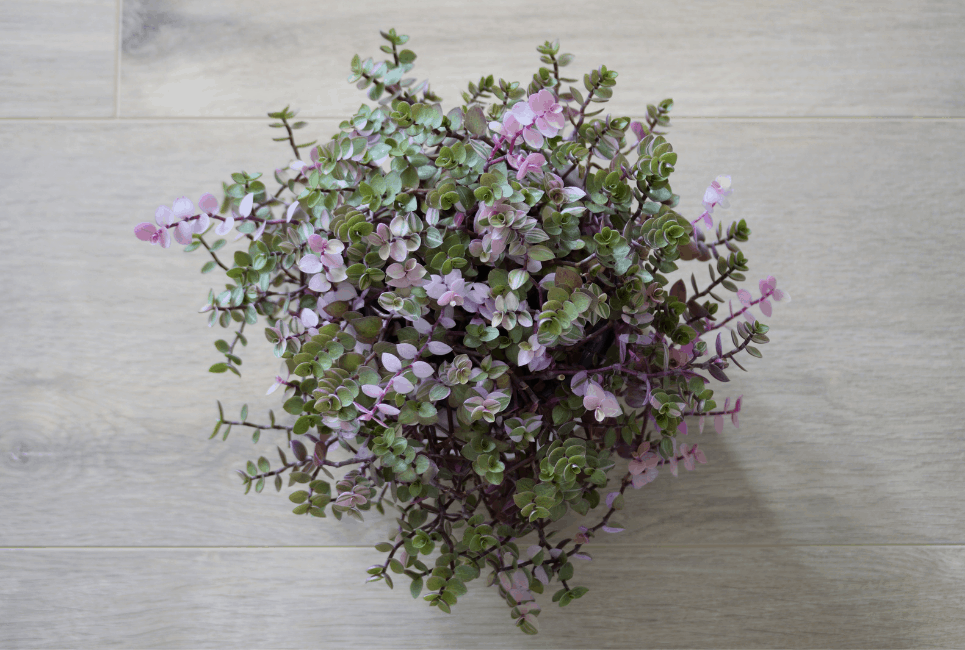- How to Propagate Monstera Guide: The Three Ways to Succeed - September 17, 2021
- Escargot Begonia: Why Is The Rex Begonia So Rare? - August 31, 2021
- Rieger Begonia: When You Can Expect The Hiemalis Begonia To Flourish - August 31, 2021
Just like most varieties of succulents, the Callisia Repens is a very low-maintenance plant. It hales from South and Central America and can be grown both indoors and outdoors when set in the right conditions. Let’s take some time to learn a little more about the care requirements of this cute and quaint succulent variety.
How to Identify Turtle Vine
This succulent is quite easy to identify: its name says it all. Turtle Vine is a cascading succulent that will hang beautifully over edges or hanging planters. It is made up of long, stiff vines that have tiny leaves growing all alongside them. The leaves are vibrantly green, have pointed tips, and grow in a compact formation.
How to Grow Turtle Vine from Seed
It is not typical to grow one of these plants from seed since they are so easy to propagate via other methods and it takes so long for seeds to germinate. This does not mean that this method cannot be done, it simply means it is more difficult. To work through this method, you will need the following items:
- Turtle Vine Seeds
- Seed Starter Tray
- Seed Starter Soil
- Plant Humidifer
- Plant Heat Pad
Growing a Turtle Vine plant from seed will require that you do the following:
- Keep the soil moist but not soggy
- Provide plenty of heat and humidity
- Transfer the plant to a permanent container once it is well established
How to Propagate Turtle Vine
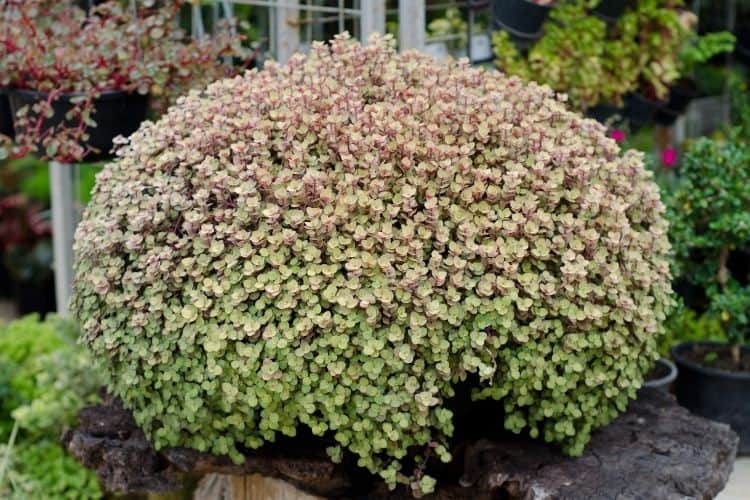
Typically, these plants are propagated via stem cuttings. To work through this method, you will need the following items:
- A healthy Turtle Vine plant
- Sterile cutting utensil
- A plant container
- Potting soil
- Water
- A glass jar
- A place that receives plenty of sunlight
Propagating a Turtle Vine plant via a stem cutting will require that you do the following:
- Fill a glass jar with water
- Cut off a 3-inch stem that includes at least one leaf from a healthy plant
- Place the cutting into the water
- Cover the jar and cutting with clear plastic to keep in humidity
- Change the water every few days
- Allow the cutting to grow a new root system
- Fill a container with potting soil
- Transfer the cutting into the potting soil
- Water the soil so that it is moist but not soggy
- Set the plant container in a place that receives plenty of warm air and sunlight
Turtle Vine Growing Conditions
This particular succulent should be set in an area that has temperatures ranging between 60 and 75 degrees Fahrenheit.
It can tolerate temperatures that dip to 45 degrees Fahrenheit, but should never be set in anything colder than this. Let’s take some time to learn about the care requirements of this lovely little succulent.
How to Plant String of Turtles
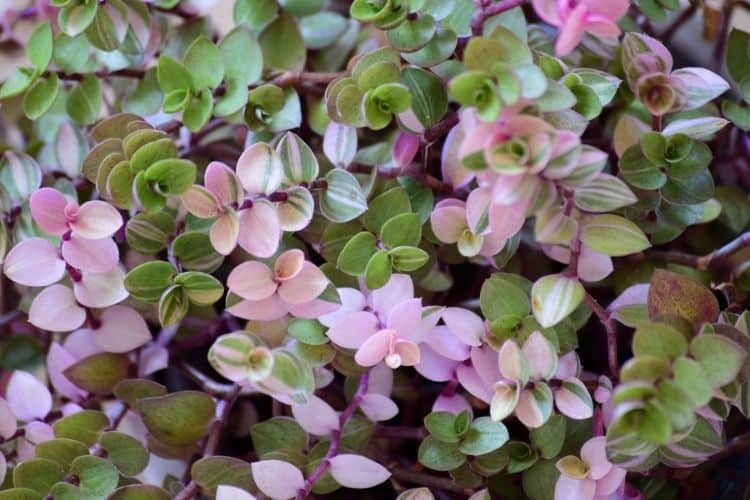
Every so often, plants kept in containers will need to be repotted. Signs that a Turtle Vine plant needs repotted are:
- Compacted Soil
- Roots that are crowded and growing into a ball formation
- A plant that looks too big for its current container
- A plant that has been in its current container for several years without new soil
To repot a Turtle Vine plant you will need to do the following:
- Choose a plant container that is 2 inches larger in diameter than its current container
- Fill the plant container potting soil
- Create a hole in the soil for the plant to set inside
- Carefully remove the plant from its current container
- Gently dust off any excess soil from its roots
- Using a sterile cutting utensil, cut off any rotten roots
- Set the plant into the hole in the new container
- Spread the soil around so that the plant is secure in its new container
- Water the plant
- Set it in a warm spot with plenty of indirect sunlight
Turtle Vine Potting & Soil
When selecting soil and a plant container for a Turtle Vine plant, keep in mind that these plants do not grow well in soggy soil or dry soil. It requires a balance of moisture levels; not too much but not too little either. To accommodate this plant, choose a container that has optimal drainage holes and soil that holds moisture but is also well-draining.
Turtle Vine plants can grow in potting soil that is either soil-based or soilless, so you have plenty of options when selecting a potting mix. A couple of soil options to use with Turtle Vine plants are:
Along with good drainage, it is necessary to have soil with pH levels that are acidic and range between 5.5 and 6.5. To determine the pH level of soil, use a Soil pH Meter to test it.
Soil levels can be made more acidic by adding bone meal, hardwood ashes, or ground eggshells to it. Soil levels can be made more alkaline by adding ground limestone to it. For a more detailed look at how to adjust soil pH levels, read this article.
Turtle Vine Water Requirements
Turtle Vine is just like any other type of succulent in that it is very sensitive to overwatering. It should never be allowed to sit in standing water, but it should also not be allowed to sit in extremely dry soil either. In order to water this plant so that it will not be at risk of root rot, use the soak and dry method. This method will require that you do the following:
- Check the plant’s soil before watering it. It should only be watered if the top two inches of the soil is dry.
- Fill a tray with water.
- Set the plant container in the water so that the water can seep into the drainage holes in the bottom of the plant container but will not overflow the top of it.
- Allow the plant to soak for fifteen minutes.
- Remove the plant from the water.
- Allow the excess water to drain out of the plant container’s drainage holes.
To help prevent overwatering or underwater Turtle Vine, try a plant watering app. These will help you track when a plant has been watered, set reminders to water it, and get answers to common plant care questions.
Turtle Vine Light Requirements
Unlike other succulent varieties, this plant should not be set in full sunlight since this will burn its delicate leaves. It should be set in a place that receives plenty of bright but indirect sunlight.
It can venture into direct sunlight for short periods of time, but should not be left there for more than an hour. It is also possible to grow these plants under grow lights.
Best Turtle Vine Fertilizer
It is not necessary to feed this plant during its first year. It will, however, benefit from a dose of liquid fertilizer that is high in nitrogen once every month afterward. It should not be fertilized during the winter season.
A few fertilizer options to use with Turtle Vine plants are:
Best Turtle Vine Companion Plantings
If you are looking for that perfect plant companion for your beloved Turtle Vine, consider one of these options.
Other Succulent Varieties
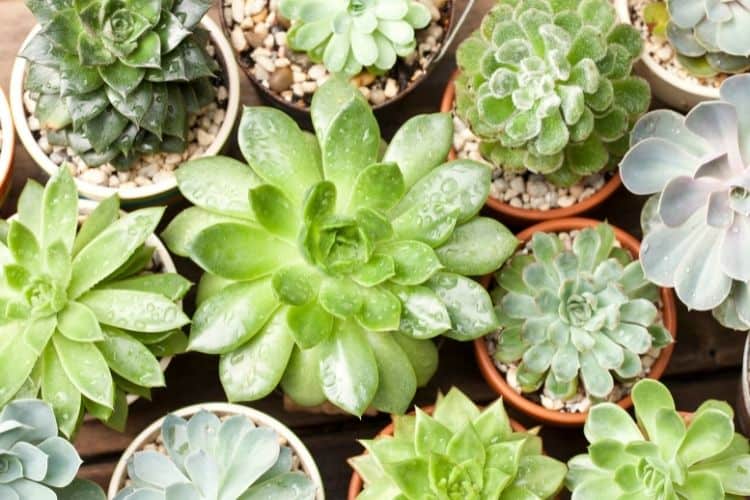
Succulents are low-maintenance, so why not stick with this type of plant as a companion planting? They will all require the same care techniques and can be set next to each other without worrying that one will not complement the other.
Pros
- Succulents are very easy to grow
- Succulents will complement the looks of Turtle Vine
Cons
- None
Pothos Varieties
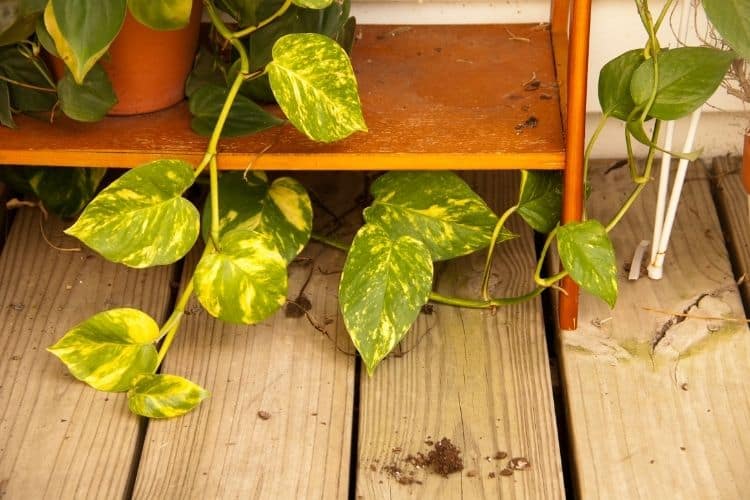
These are tropical plants that will look particularly lovely next to a Turtle Vine plant. Pothos plants are also very unfussy plants, which will make it a breeze to care for both types of plants side by side.
Pros
- Pothos plants are very easy to grow and care for
- Pothos plants come in many varieties
- Pothos plants will complement the looks of Turtle Vine
Cons
- None
Calathea Varieties
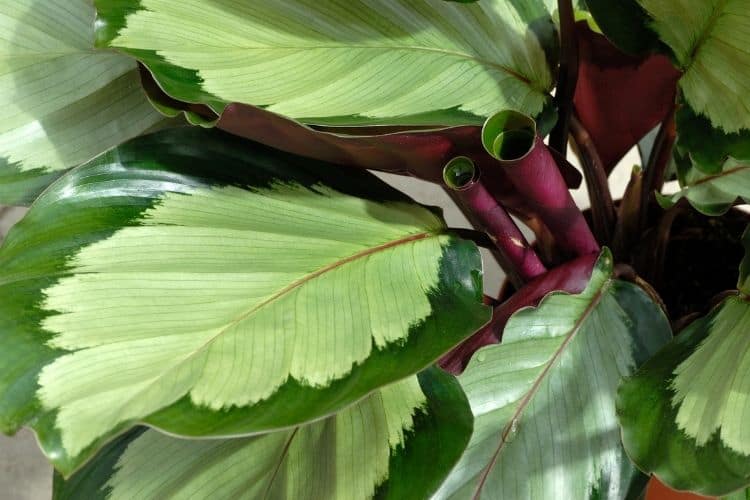
Calathea plants may be notoriously fussy, but they are also beautiful and well worth the effort. The will bring another element of natural beauty to your plant décor.
Pros
- Calathea plants are beautiful
Cons
- Calathea plants are fussy about their care requirements
Turtle Vine Diseases and Common Problems
There are a few diseases and pests that Turtle Vine plants are susceptible to, but if you learn how to properly care for your plant, these should not be a huge problem. Here are the most common issues faced by these plants:
Aphids
This type of infestation looks likes tiny insects that are shaped like teardrops. To deal with an infestation of aphids, follow these steps:
- Spray the plant with a mixture of neem oil and soapy water
- Wipe down the leaves of the plant
- Apply neem oil to the leaves to prevent another infestation
Mealybugs
These insects look like cotton that has attached itself to a plant’s stems and leaves. To deal with an infestation of mealybugs, follow these steps:
- Spray a solution of alcohol and water on the leaves
- Rub the leaves with a cotton ball
- Coat the leaves in neem oil or insecticidal soap every few days
Root Rot
This is caused by overwatering the plant or by not providing adequate drainage to the plant’s root system. Symptoms of this can be:
- Moldy soil
- Rotten stems
- Stunted growth
- Wilted leaves
The best method for dealing with root rot is to learn how to properly water this type of plant so it doesn’t occur in the first place.
If, however, it does begin to set in, it is necessary to act speedily in order to save the plant. Here are several methods for dealing with this issue. The issue may be solved by only working through one method, but it could require all the methods to fix the issue.
- Move the plant container to a sunnier area
- Move the plant container to an area that receives more airflow
- Provide more drainage holes in the bottom of the plant container
- Change out the current soil for new, dry soil and start over
- Tweak the plant’s watering regimen
Scale Insects
This type of infestation looks like tiny brown bumps on the backs of the plant’s leaves. To deal with this type of infestation, follow these steps:
- Spray them off with a hose
- Wipe the remainder off with neem oil and a cloth
- Prevent them from returning by coating the leaves with neem oil regularly
Turtle Vine Treatments and Maintenance
The best way to prevent harmful diseases and pest infestations is to provide the plant with regular care and cleaning. Here are a few tips to help keep your Turtle Vine plant as healthy as it can be.
- Check it for signs of disease and infestations regularly, and treat them quickly.
- Clean the plant’s leaves regularly with neem oil.
- Learn how to properly water and feed your plant.
- Make sure your plant is set in an area with adequate amounts of sunlight, heat, and humidity.
- Mix diatomaceous earth into the soil of potted plants.
Where to Buy Turtle Vine Seeds Online
Turtle Vine seeds are rather difficult to find and it should be noted that there are fake seeds sold online. Unfortunately, it is difficult to know what seeds are real and what seeds are fake. When you search for seed sellers, look for those that have good ratings and price their seeds between $1 and $2 per seed.
Where to Buy Mature Turtle Vine Online
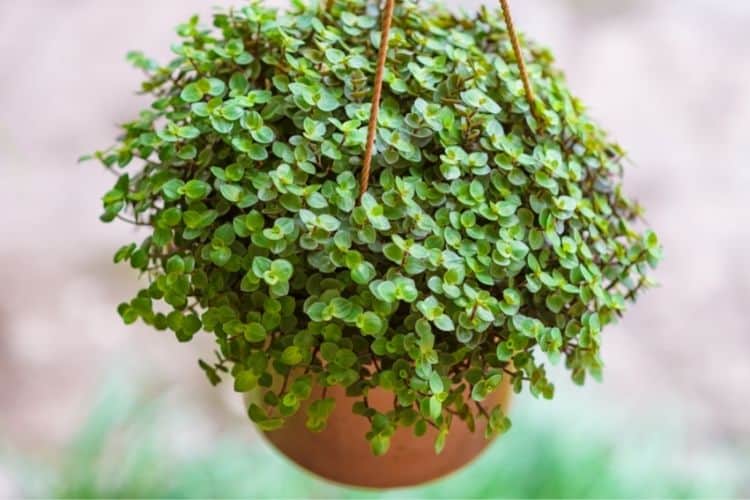
While this plant’s seeds may be difficult to locate, it is quite another story when looking for a mature plant. Turtle Vine are readily available at these online shops:
FAQs
Question: Is Turtle Vine Toxic?
Answer: No, this is not a toxic plant.
Question: Should Turtle Vine be Pruned?
Answer: Yes, leaves and stems that are dead, dried out, or yellowed should be cut off from the plant. This will encourage new growth and keep the plant from expending energy on unhealthy leaves and stems.
Question: Can Turtle Vine Plants be Planted in Outdoor Garden Bed?
Answer: Yes, but only in USDA Hardiness zones 8a to 11b; otherwise, they should be planted in a container that can be transported indoors during cold weather.
Question: How Large Can Turtle Vine Grow?
Answer: This is a fast-growing plant that can spread up to nine feet wide and nine feet tall. But, it can be pruned back to keep it small and compact.
Concluding Thoughts
Turtle Vine is another excellent plant to grow as a houseplant. It is unfussy and uncomplicated and it is beautiful. What more can a plant lover ask for?

